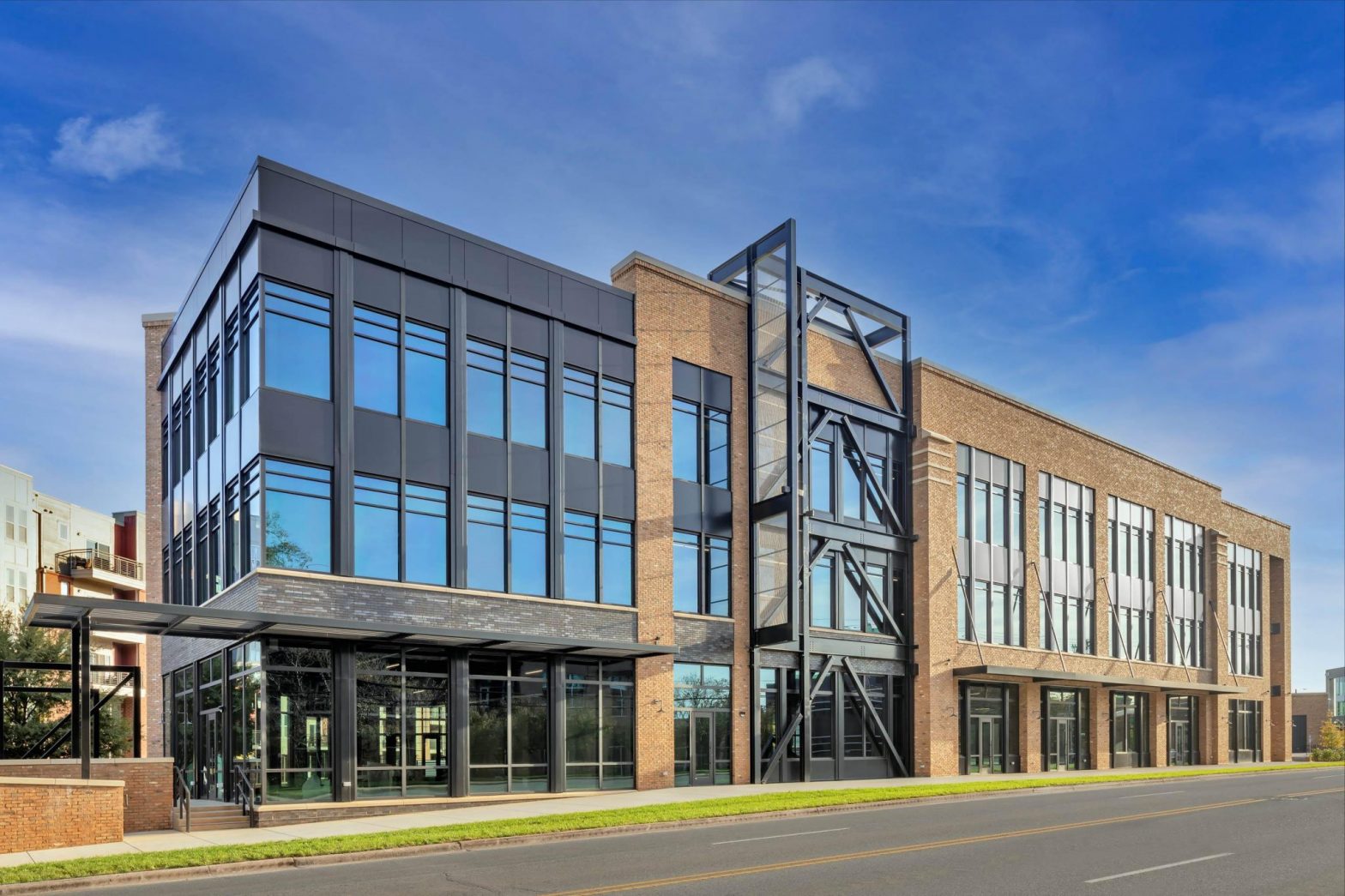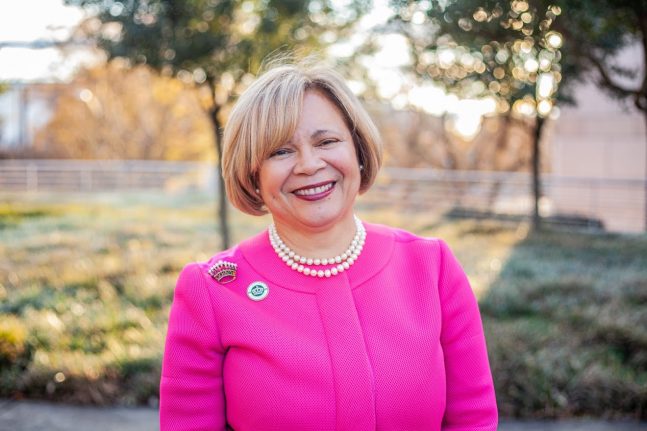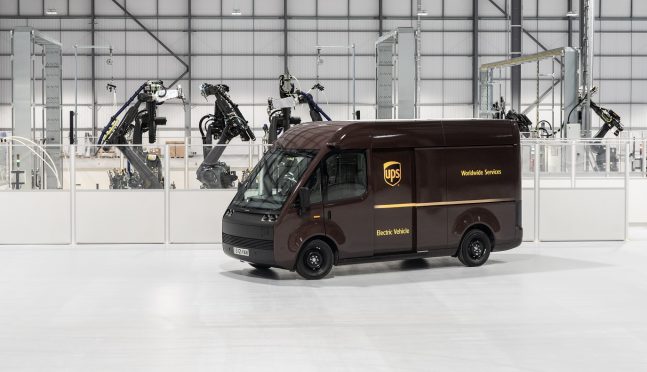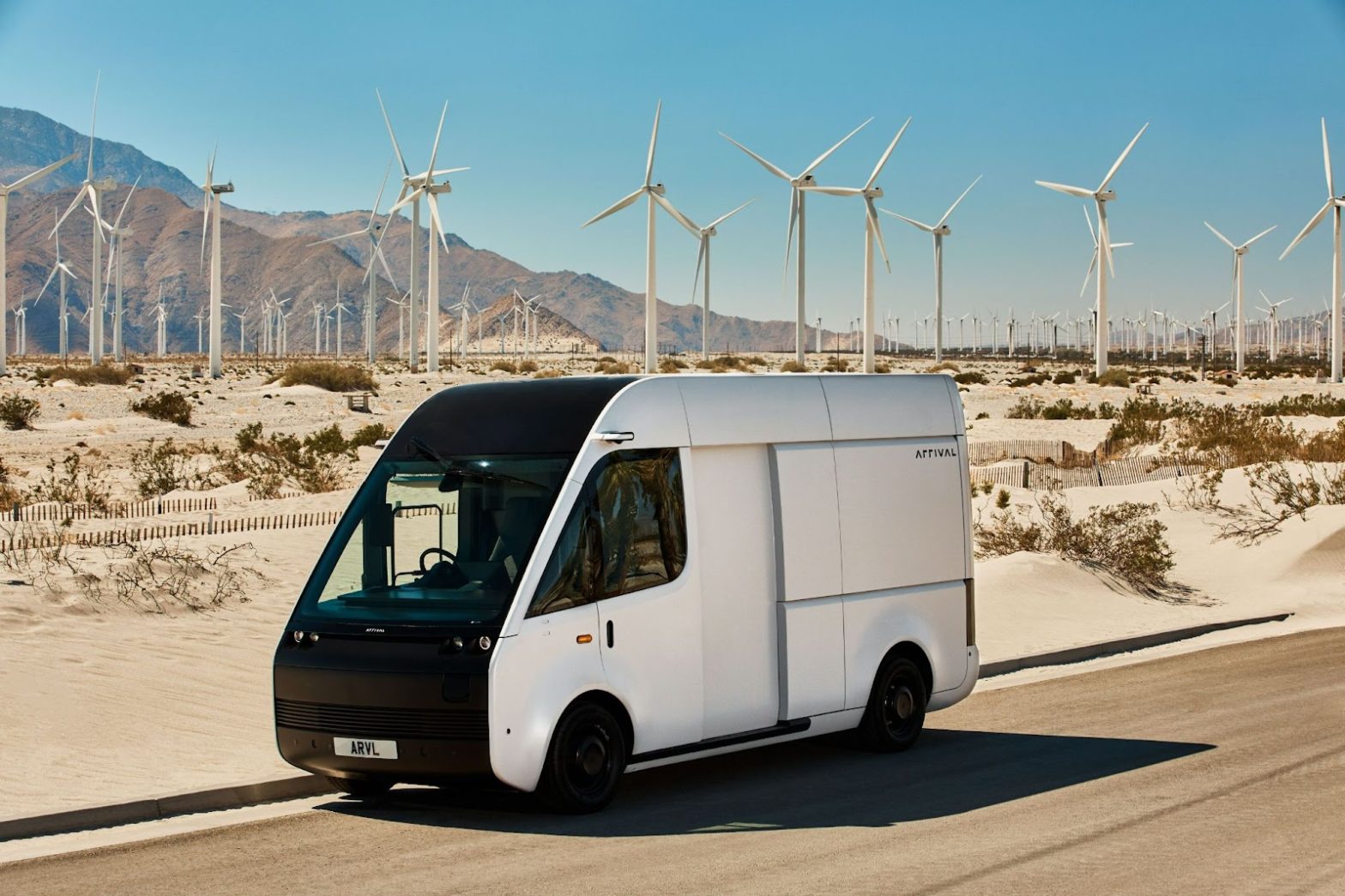
New EV microfactory continues collaboration between Arrival and City of Charlotte
17 March 2021
By: Imogen Pierce, Head of City Engagement and Integration, Arrival
Arrival, the company creating electric vehicles (EVs) with its game-changing technologies, announced on 17 March that Charlotte, NC is the location of its second US Microfactory. Located within city limits, it will be home to assembly of Arrival’s flagship commercial van, many of which will be used locally by logistics company UPS.
The Microfactory brings the total number of jobs created by the company in the region to 670, after recent announcements of the company’s North American Headquarters in Southend, Charlotte as well as a bus microfactory in nearby Rockhill, SC. As part of the company’s commitment to the area, Arrival is launching local workforce development initiatives alongside community colleges, universities and upskilling programmes.

“We are so excited to see that Arrival is already expanding in Charlotte. Their decision to locate their Microfactory in West Charlotte will have a major impact on our residents, bringing new, well-paying career opportunities to the neighbourhood, in a high-tech environment that is rooted in sustainability,” said Mayor Vi Lyles. “These are the jobs of the future and we couldn’t be happier they choose to bring these opportunities to our residents.”
Small footprint but big impact
The Microfactories occupy a significantly smaller footprint (200,000 – 300,000 sq ft) than their more centralised traditional automotive manufacturer counterparts and importantly can be located close to urban centres, creating local jobs and being supported by local supply chains.
This unique approach is enabled by Arrival’s revolutionary proprietary in-house developed components, materials, software and flexible cell-based assembly. Arrival has been driven by a pressing need to achieve substantially lower total cost of ownership and purchase price compared to polluting internal combustion equivalents – a critical step to lower the barrier to mass adoption of clean technologies.
The climate crisis has shown cities, industries and citizens alike the pressing need to switch to electric vehicles, and Arrival is determined to make this transition as easy, quick and affordable as possible. However, creating a pathway to a zero-emission future is more than just buying electric vehicles. A vast interconnected ecosystem of data, services, solutions, partnerships and communities is required to ensure cities can best support the operation of electric vehicles while also unlocking broader benefits afforded by clean mobility for the local community.
Data for cities from devices on wheels
 How people move within their environment directly impacts their access to goods, services, community and economic opportunity. Electric vehicles created today are “devices on wheels” – generating valuable data that offers even more valuable insights that can be leveraged to improve accessibility for citizens.
How people move within their environment directly impacts their access to goods, services, community and economic opportunity. Electric vehicles created today are “devices on wheels” – generating valuable data that offers even more valuable insights that can be leveraged to improve accessibility for citizens.
Public transit operators, for example, are beginning to redesign routes to account for the charging requirements of electric buses. Aided by vehicle data and fleet management simulators, they can optimise routes in ways that radically improve the travel experience for more customers and even start to reduce private vehicle dependency.
Similar approaches can be taken for medium and heavy-duty electric vehicles (MHDEVs) such as those used for logistics. Burdens relating to capital expenditure and charging infrastructure can be addressed via Fleet-as-a-Service partnerships while identification of communities exposed to high volumes of polluting freight traffic can be prioritised for MHDEV deployment and zero-emission areas (ZEAs).
City Collaboration for an holistic approach
History has shown us that mobility patterns and behaviours influence the very fabric of cities, from how they grow and where people live to Quality of Life indicators such as health and environmental quality. Mobility-as-a-Service networks (MaaS), the integration of multiple transport services and modes into a single on demand service will likely accelerate this influence. Without careful consideration, may exacerbate existing pitfalls of transportation such as inequitable distribution and cost of services. Arrival can actively engage with cities to take a holistic approach to determining the way in which mobility and data are shaping safer, cleaner, more resilient physical and digital urban infrastructure.
We can’t do this without close collaboration with local governments and organisations whose expert knowledge allows Arrival to operate, engage and design solutions in a manner tailored to an individual city and its unique culture.
In December 2020, Arrival signed a Memorandum of Understanding (MOU) with the City of Charlotte, outlining seven key areas of collaboration relating to zero-carbon transportation, community partnerships and communication, and smart data approaches. The activities in the MOU are allowing Arrival to contribute to Charlotte’s goals set out in the Strategic Energy Action Plan (SEAP) to become a low-carbon city by 2050. The city and Arrival are also embarking on a number of community outreach and education programmes as well as pilots focusing on equitable and sustainable mobility.
Electric vehicles are a key ingredient to a zero-emission future, but collaboration with cities will truly enable long-term resiliency – where clean transportation removes barriers to opportunities for all. Arrival’s efforts in North America have started with Charlotte but certainly won’t end there. Arrival is determined to use transportation as a means to create radically better cities for everyone and is looking forward to collaborating with more cities to collectively make this a near term reality.
Brought to you by:



